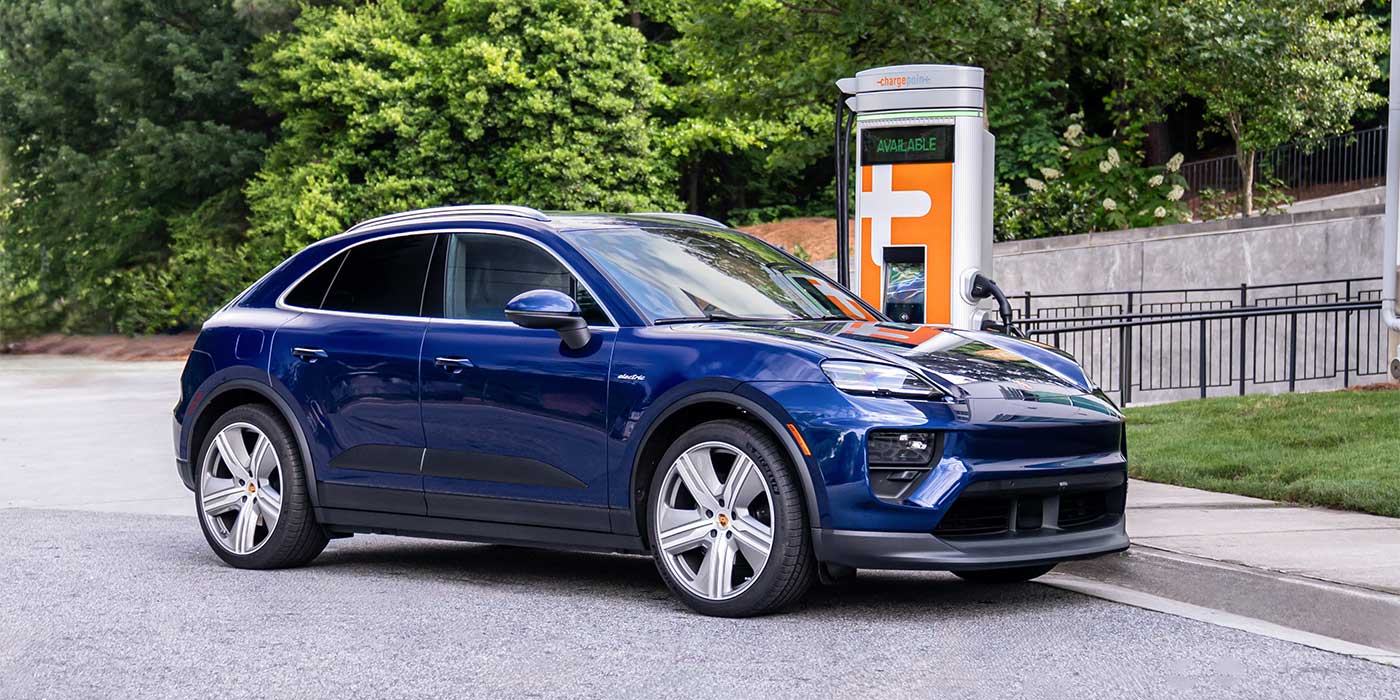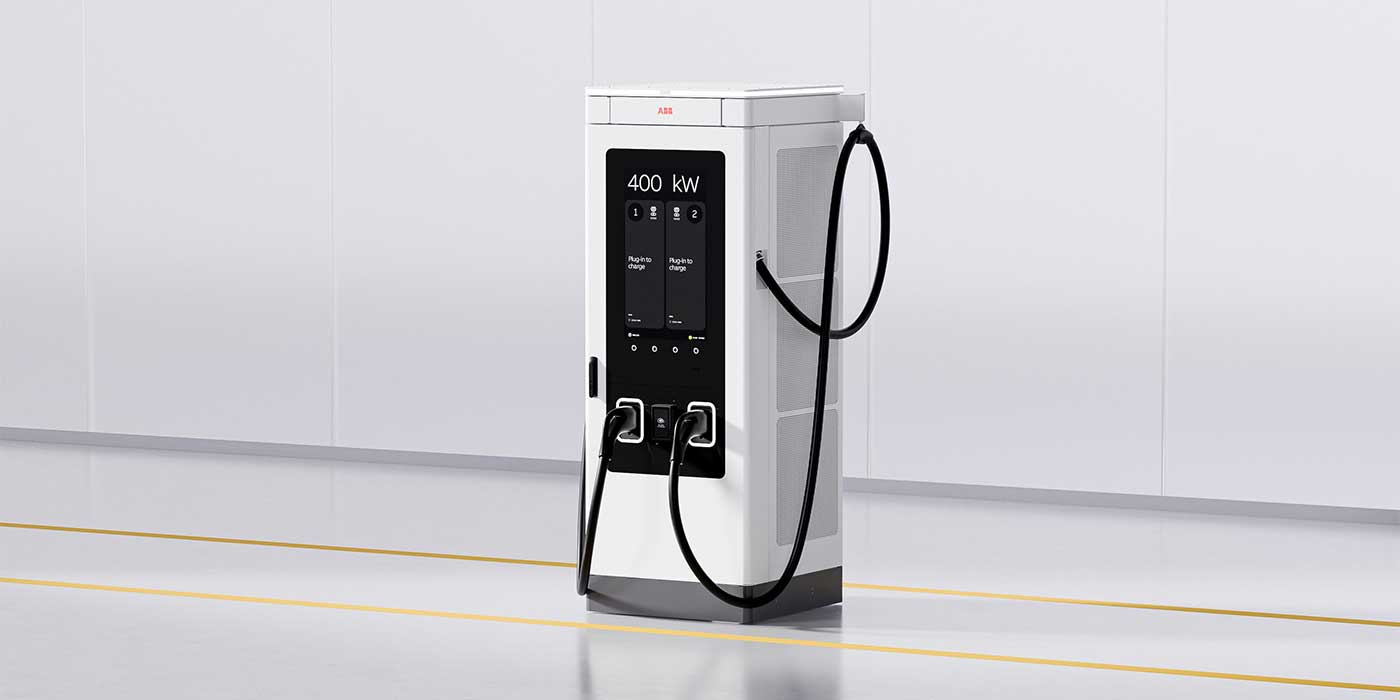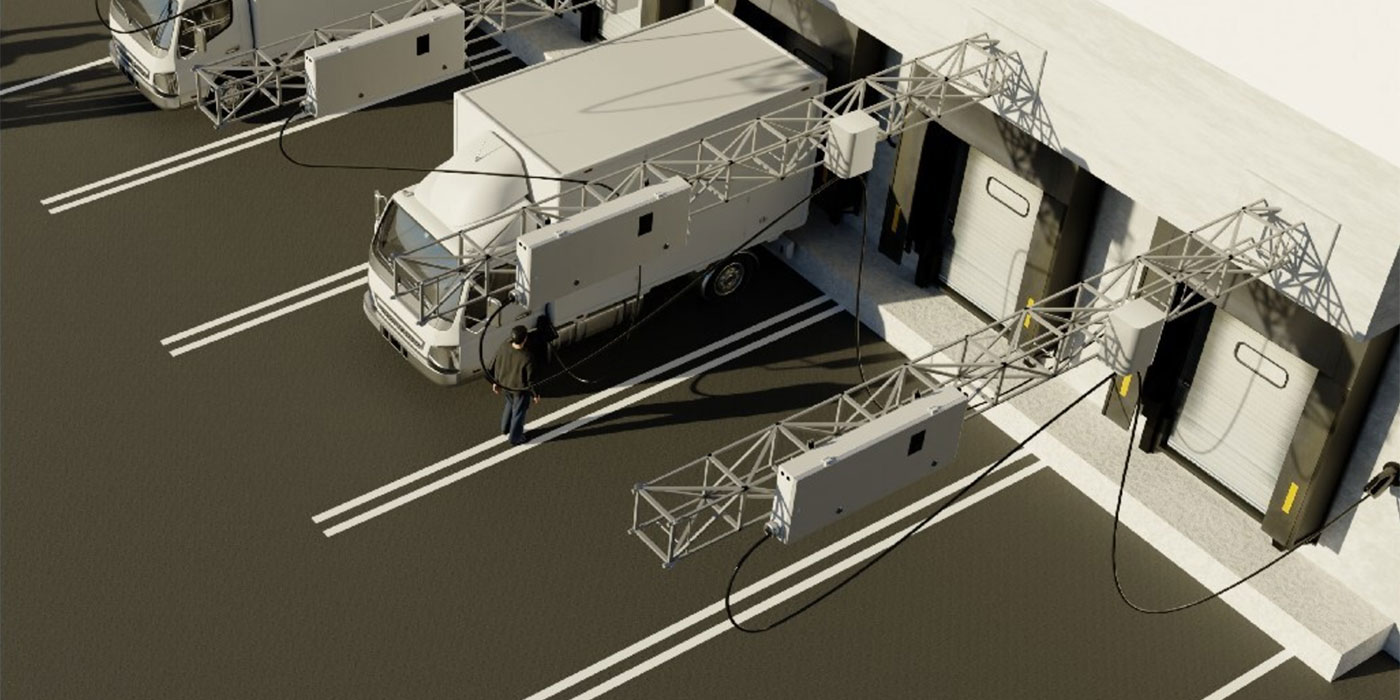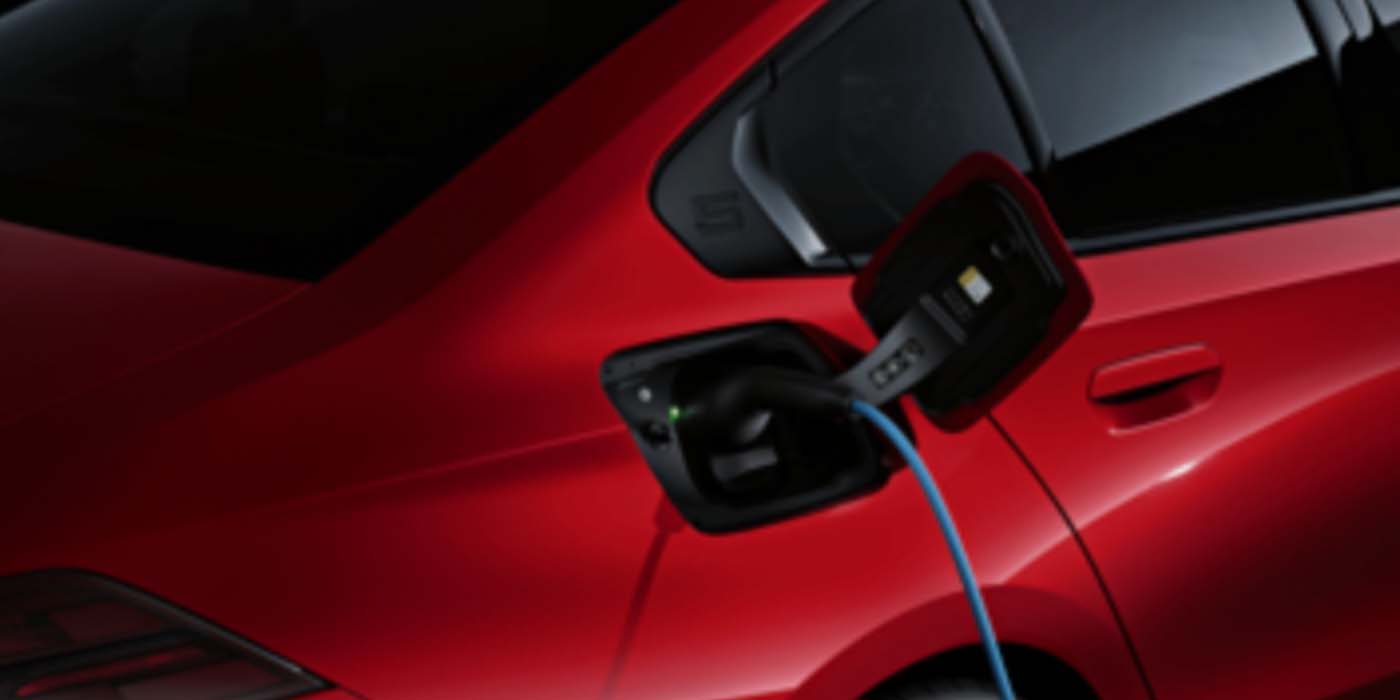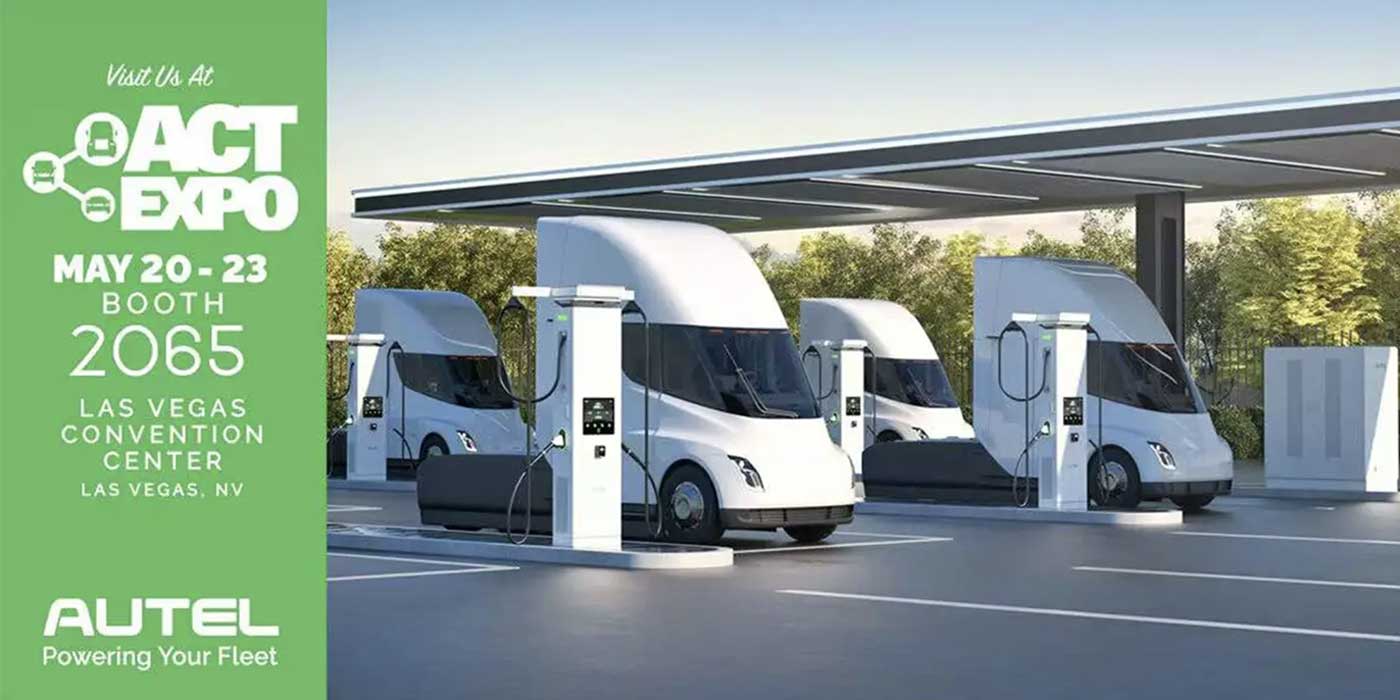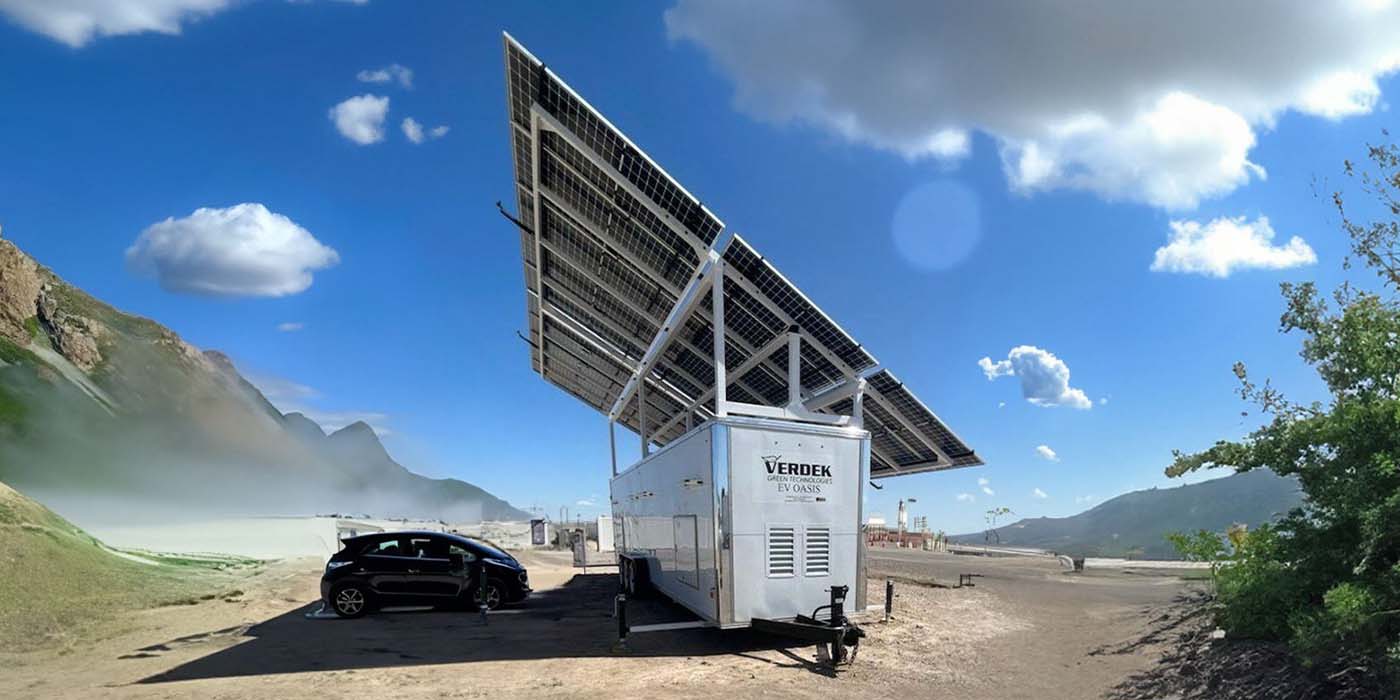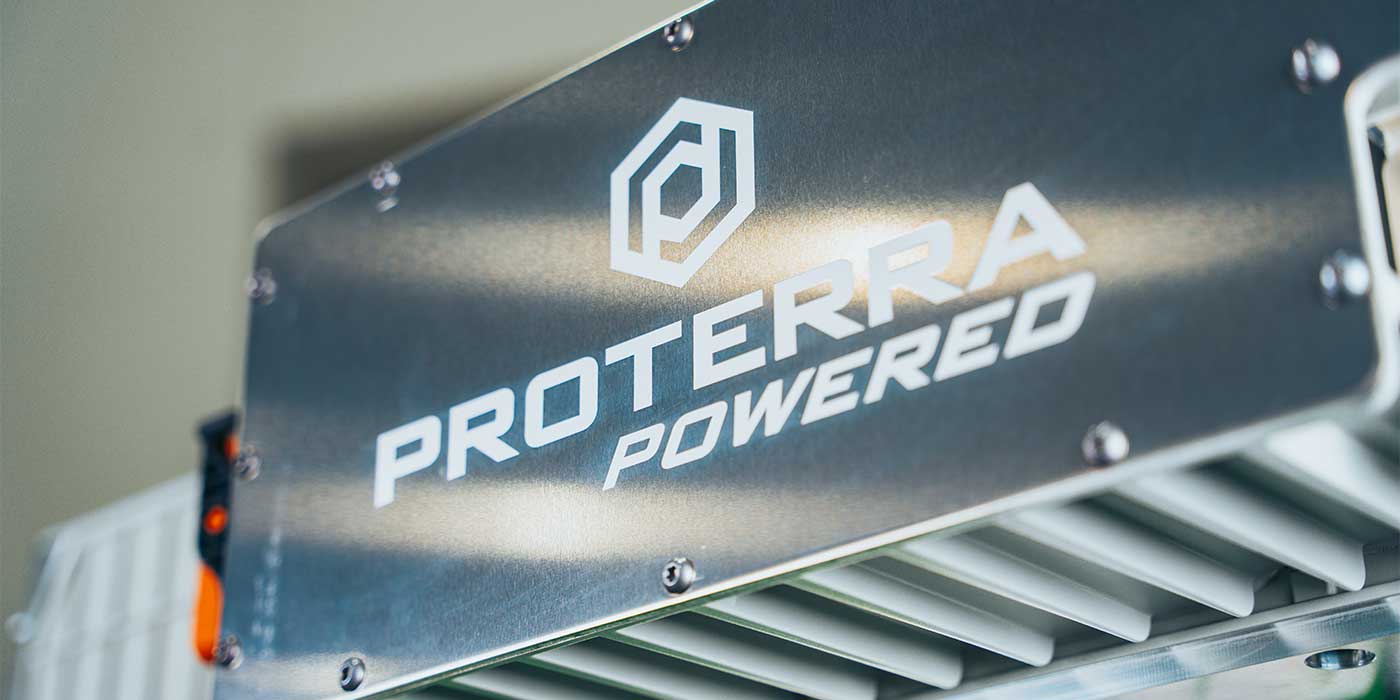Energy Vault Holdings and Skidmore, Owings & Merrill (SOM) announced a global exclusive gravity energy storage partnership. SOM is responsible for designing some of the world’s most well-known buildings, including Burj Khalifa, Tianjin CTF Finance Centre, Willis Tower, and One World Trade Center. As part of this partnership, SOM will be the exclusive architect and structural engineer for the next generation of fixed frames and deployable structures for all new Energy Vault gravity energy storage systems (GESS), including incorporating gravity energy storage technology into tall buildings in urban environments and deployable structures in natural environments, to maximize sustainability, accelerate carbon payback and lower the levelized cost of energy consumption, the company said. Energy Vault said it began working with SOM during the last 12 months to optimize the structure, architecture and economics of its GESS technology, which is playing a critical role globally in the deployment of renewable energy.
G-Vault, Energy Vault’s family of gravity-based solutions, combines energy storage principles, modern engineering, an AI-enabled software orchestration platform and materials science to deliver long-duration storage, the company said. G-Vault products decouple power and energy to enable full customer flexibility to design the optimum storage system while maintaining performance in round trip efficiency versus any other mechanical or thermo-dynamic energy storage systems. Energy Vault said the result is a flexible, low-cost, 35-year (or more) infrastructure asset designed for shifting power delivery without any energy storage medium degradation. Utilizing eco-friendly materials with the ability to integrate waste materials for beneficial reuse, Energy Vault said its gravity-based energy storage technology is facilitating the shift to a circular economy while accelerating the global clean energy transition for its customers.
To date, Energy Vault said its G-Vault product suite has focused primarily on its EVx platform, originally grid-connected (5 MW) and tested in Switzerland, which features a highly scalable and modular architecture that can scale to multi-GW-hour storage capacity. The EVx is currently being developed and deployed via license agreements in China (3.7 GWh announced projects), Egypt, Greece and the 16-country South African Development Community, as previously announced. Through this partnership, Energy Vault and SOM are designing a new platform of G-Vault GESS solutions focused on improved economics, energy density and sustainability, including EVu, EVc, EVy, and EV0, the companies said.
According to the companies, EVu is a superstructure tower design, which improves unit economics and enables GESS integration into tall buildings through the use of a hollowed structure with heights over 300 meters (approx. 984 ft.), and up to 1,000 meters (approx. 3,280 ft.) tall. These structures will have the capacity to reach multi-GWh of gravity-based energy storage to power not only the building itself but also adjacent buildings’ energy needs. This design, which integrates GESS technology within superstructure building design and engineering will enable a carbon payback within accelerated timeframes of 3-4 years, the companies said.
As for EVc, the companies said it enables the deployment of large-scale pumped hydro energy storage systems integrated within tall building structures using a modular water-based system. Primarily a standalone GESS, EVc can also be integrated into tall buildings that form the basis of the EVu design.
EVy applies Energy Vault’s core gravity technology to pre-existing slopes and topography to store energy with minimal environmental impact and reduce the need for manmade structures, which can achieve ultra-low cost capital expenditures by eliminating the construction of the fixed frame structure, Energy Vault said.
EV0 allows for all of the technical and economic benefits of traditional pumped hydro storage while eliminating negative consequences associated with concrete production and disruption to existing wild-life eco-systems, according to the companies. This “modular pumped hydro” system leverages a low-cost fabric vessel (the Water Tree) to store the water in pre-manufactured modules that can be deployed quickly while leveraging pump turbines and penstock designs for existing pumped hydro systems.
“We are extremely pleased to begin this exclusive global partnership with Skidmore, Owings & Merrill, a firm with an unparalleled track record in developing some of the world’s most remarkable structures,” Robert Piconi, chairman and CEO of Energy Vault said. “Our strategic partnership with SOM opens a new multi-billion dollar market segment for Energy Vault focused on the future of sustainability in new building design and energy efficiency. The combination of our pioneering work in gravity energy storage technology with the global track record and expertise of the most widely renowned engineering, design, and architecture firm in the world will provide the first platform toward delivering accelerated carbon payback in building construction and operation for the first time.”
In 2023, Energy Vault announced the commissioning of the world’s first EVx gravity storage system in China. Energy Vault also recently announced three additional EVx GESS deployments of 368 MWh in China through a license and royalty agreement announced in early 2022, bringing the total announced projects in China to 3.7 GWh. Earlier this year, Energy Vault also announced a new license and royalty agreement for its gravity technology portfolio with grid partners in South Africa covering the 16-country Southern African Development Community (SADC) region. The 10-year agreement is expected to result in multi-GWh of long-duration Energy Vault GESS deployments to contribute to the SADC region’s energy storage needs estimated to be 25 GW/125 GWh by 2035, Energy Vault said.


